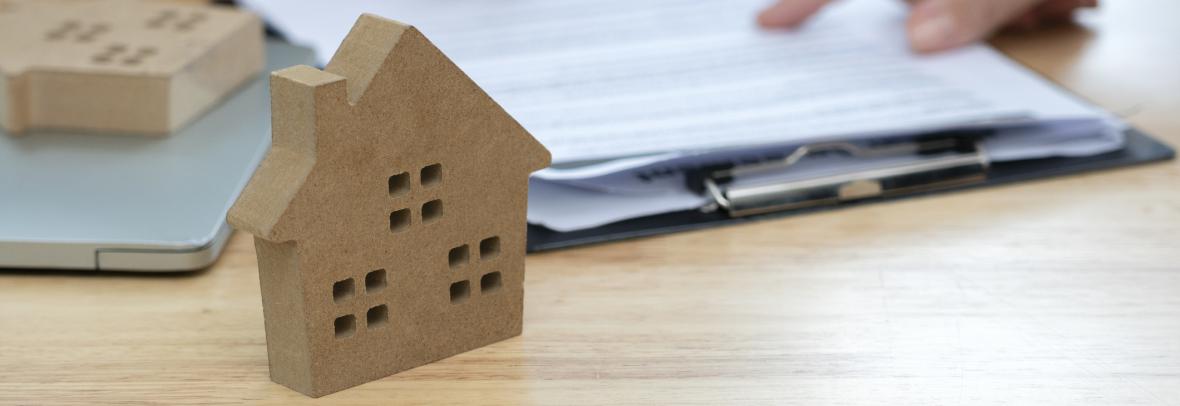
Tips for Locking In Lower Mortgage Rates
With mortgage rates hovering in the 6% to 7% range, many new buyers are looking for creative ways to save money. Temporary buydowns may be the answer.
NEW YORK – Mortgage rates may decline when the U.S. Federal Reserve begins reducing benchmark interest rates, but home prices are likely to remain high as inventory shortages persist.
Joel Kan, deputy chief economist of the Mortgage Bankers Association, said, "We predict mortgage rates to average 6.1% by the fourth quarter of this year."
For home buyers, however, there are ways to lower mortgage expenses if they are willing to be creative.
Temporary buydowns allow sellers or builders to pay an upfront fee to reduce the mortgage rate for a short period, making buying a home easier. Builders often use the option as an incentive for first-time home buyers.
There are several buydown options:
- 1-0 buydown: Rate is 1% lower in the first year of the mortgage but then reverts to original rate for the remainder of the term
- 2-1 buydown: Rate is decreased for the first year, increases the second year and then reverts to the original rate for the remainder of the loan term.
- 3-2-1 buydown: Rate is decreased for the first three years of the loan and then reverts to the original rate.
To receive a temporary buydown, potential buyers must qualify for a loan at the current rate.
Another creative option is buying discount points through a permanent buydown. Home buyers get a reduced mortgage payment through the life of the loan by buying prepaid interest points at closing. Buyers pay an upfront fee to the lender to buy down the interest rate as part of the closing costs. The buyer can also use the proceeds of a seller or builder credit to fund a permanent buydown, but reductions are less steep than with temporary buydowns.
This strategy does often require large down payments, and borrowers should identify their break-even point or the level at which the buyer saves more than spends because if the home is sold or refinanced before that target is reached, the borrower won't realize the entire financial benefit of this investment.
The third strategy is to seek an assumable mortgage, in which the seller can transfer his or her mortgage to a buyer who in turn picks up the remaining loan balance, the repayment period, and other terms of the seller's existing mortgage.
They are attractive for buyers if the seller's loan was secured at a lower mortgage rate, but buyers must meet certain credit and income requirements and other qualifications. Buyers would also need to have enough cash to cover the difference between the loan balance and the home price.
Black Knight says that 23% of all home mortgages are assumable in the United States, and savings can be substantial given current mortgage rates. However, these mortgages often require significant upfront payments and clauses that require the loan to be paid in full if the house is sold.
Source: Wall Street Journal (04/04/24) Ioannou, Lori
© Copyright 2024 Smithbucklin
